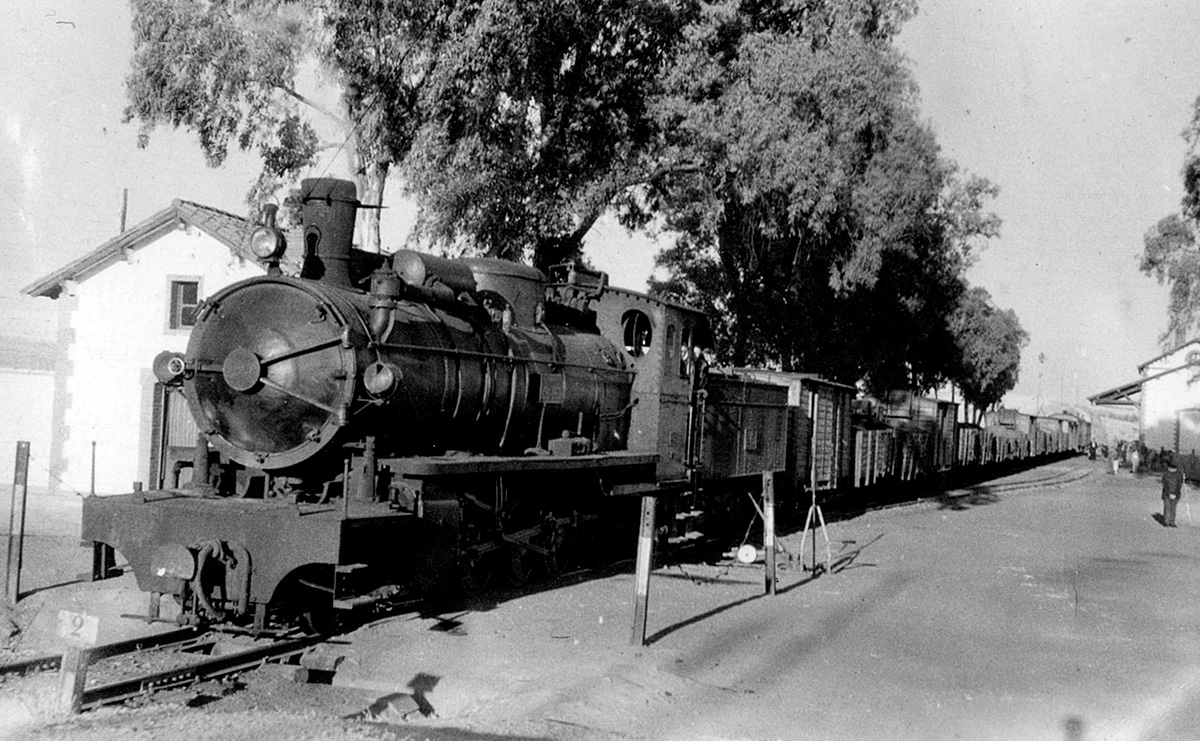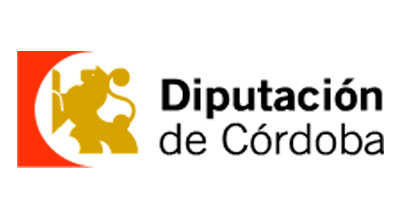Guadiato and Los Pedroches Greenway
History of the Railway

(REDER KLEINGEBEIL, GUSTAVO)
The railway lines from Peñarroya to Fuente del Arco and Peñarroya to Puertollano and San Quintín were part of a narrow-gauge (1 m track gauge) industrial and mining railway that was built in different stages, between 1895 and 1927, by the French multinational called "Sociedad Minera y Metalúrgica de Peñarroya" (SMMP). Its objective was to exploit the company's coal, lead and zinc mines in Badajoz, north of Córdoba and Ciudad Real. The lines linked the mines with the Cerco Industrial de Peñarroya-Pueblonuevo industrial area, where the company had an important transformation, metal and chemical industry.
Thanks to this railway and, in turn, to the links with stations on Iberian-gauge lines such as Fuente del Arco (Seville-Mérida), Peñarroya (Cordoba-Almorchón) or Puertollano (Ciudad Real-Badajoz), the products could be sold nationally and exported abroad. In addition to these freight services, these tracks were also used by passenger trains, which took up to 22 hours to complete the railway line. The line eventually had a maximum length of 243 kilometres, being considered the second-longest in Spain with this gauge. After several economic ups and downs derived from the closure of mining operations and competition from road transport, the SMMP ceded the line to the State in 1956. Finally, FEVE closed it in 1970 and dismantled it shortly thereafter.
However, in addition to this line, which makes up most of the present-day greenway, there is a section between Peñarroya and Velmez, known locally as "Vía de La Maquinilla" (La Maquinilla Greenway), which belonged to another former broad-gauge railway. This one was built by Compañía de los Ferrocarriles Andaluces, which laid down this branch line from its station in Cabeza de Vaca to the Cerco Industrial de Peñarroya industrial area, transporting the production of several mines in the area. It even extended the tracks beyond the Cerco area, crossing through it to reach El Porvenir Mine, in the municipal district of Fuente Obejuna. This line was the result of rivalry with MZA, the other Iberian-gauge company, whose line ran in parallel. It transported minerals and also, free of charge, thousands of passengers, who were miners travelling from Peñarroya to work in the Velmez mines' galleries. The closure of the mines led to the progressive closure of the branch line, from the mid-1960s until it was closed entirely in the mid-1980s.


